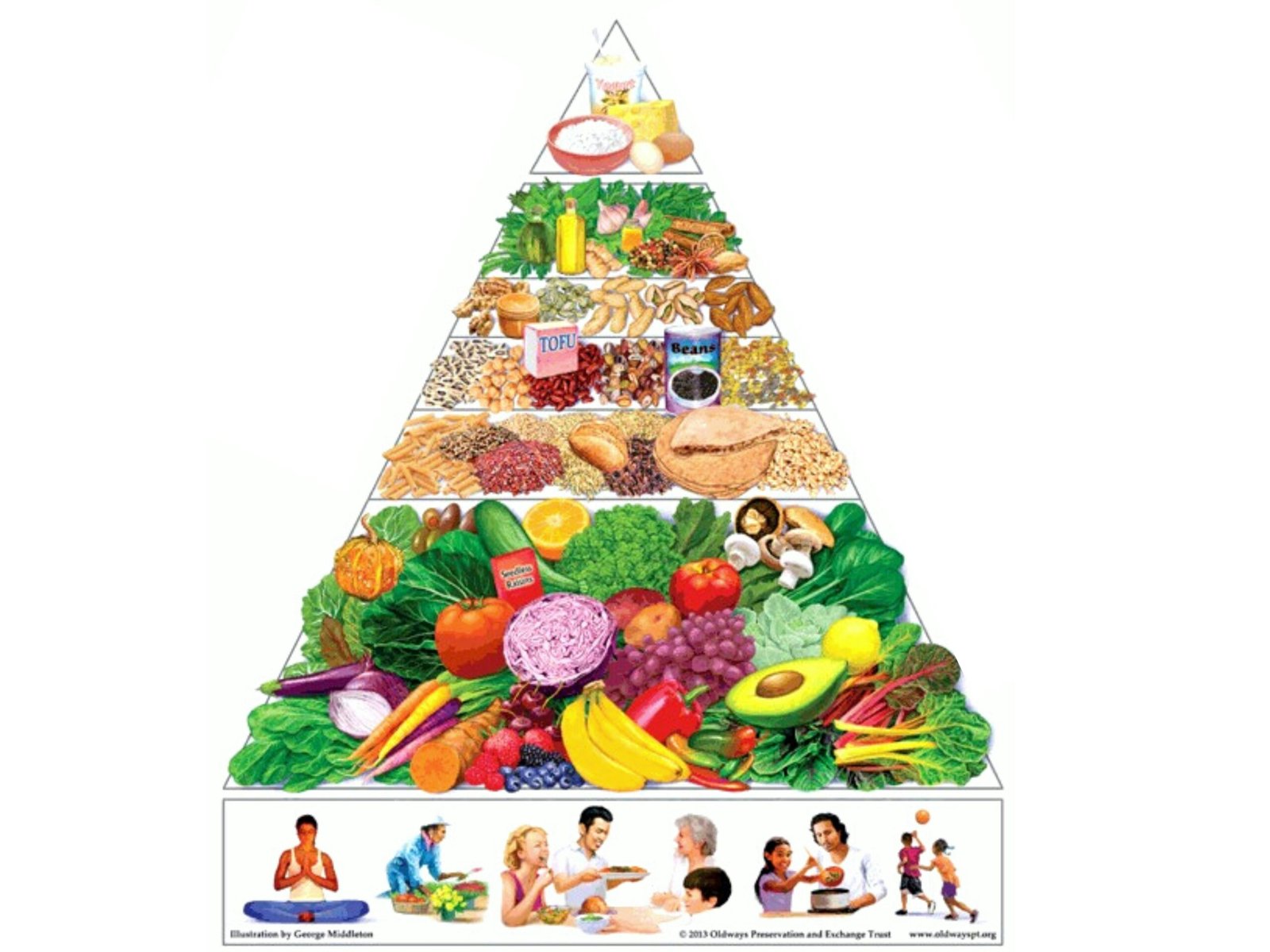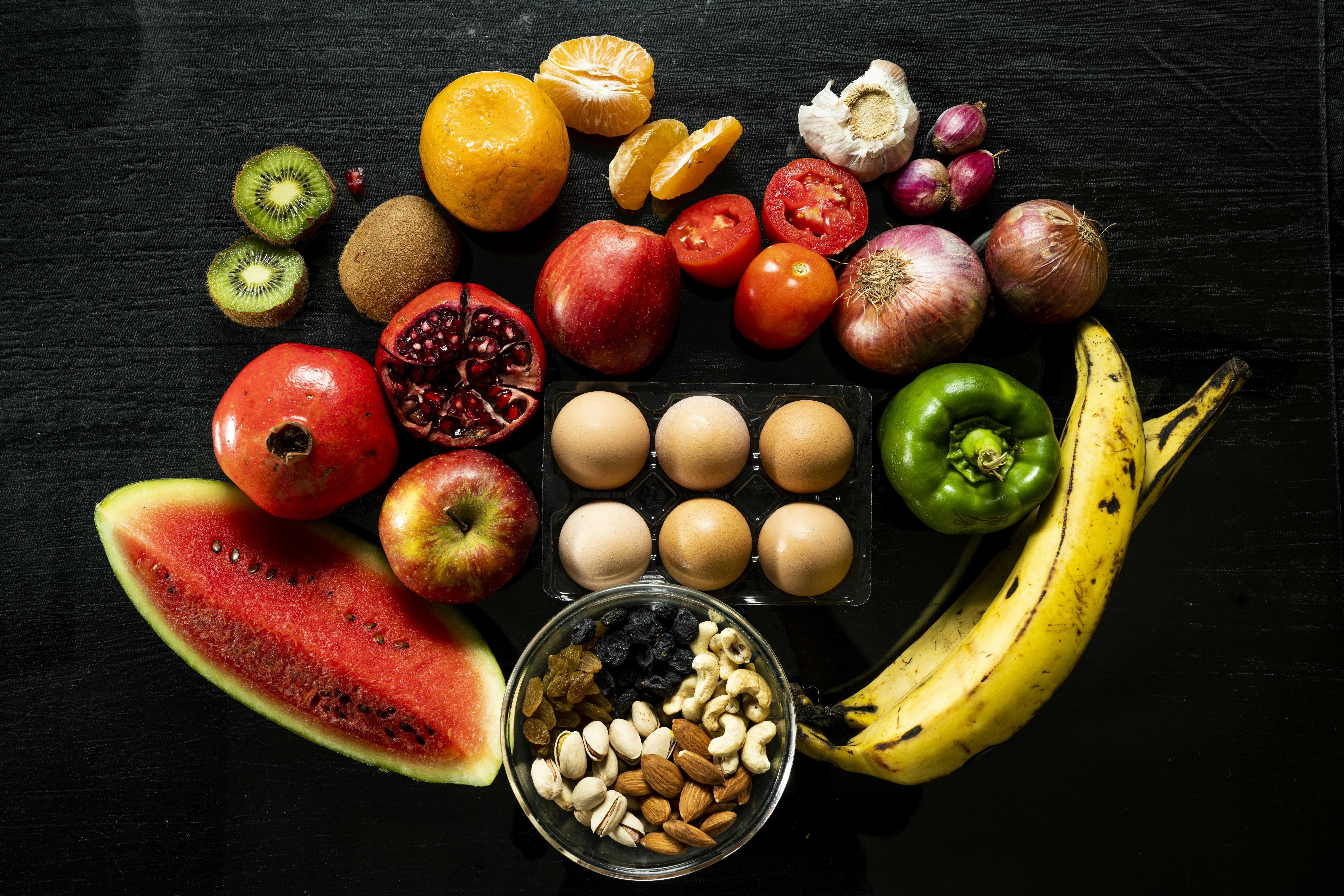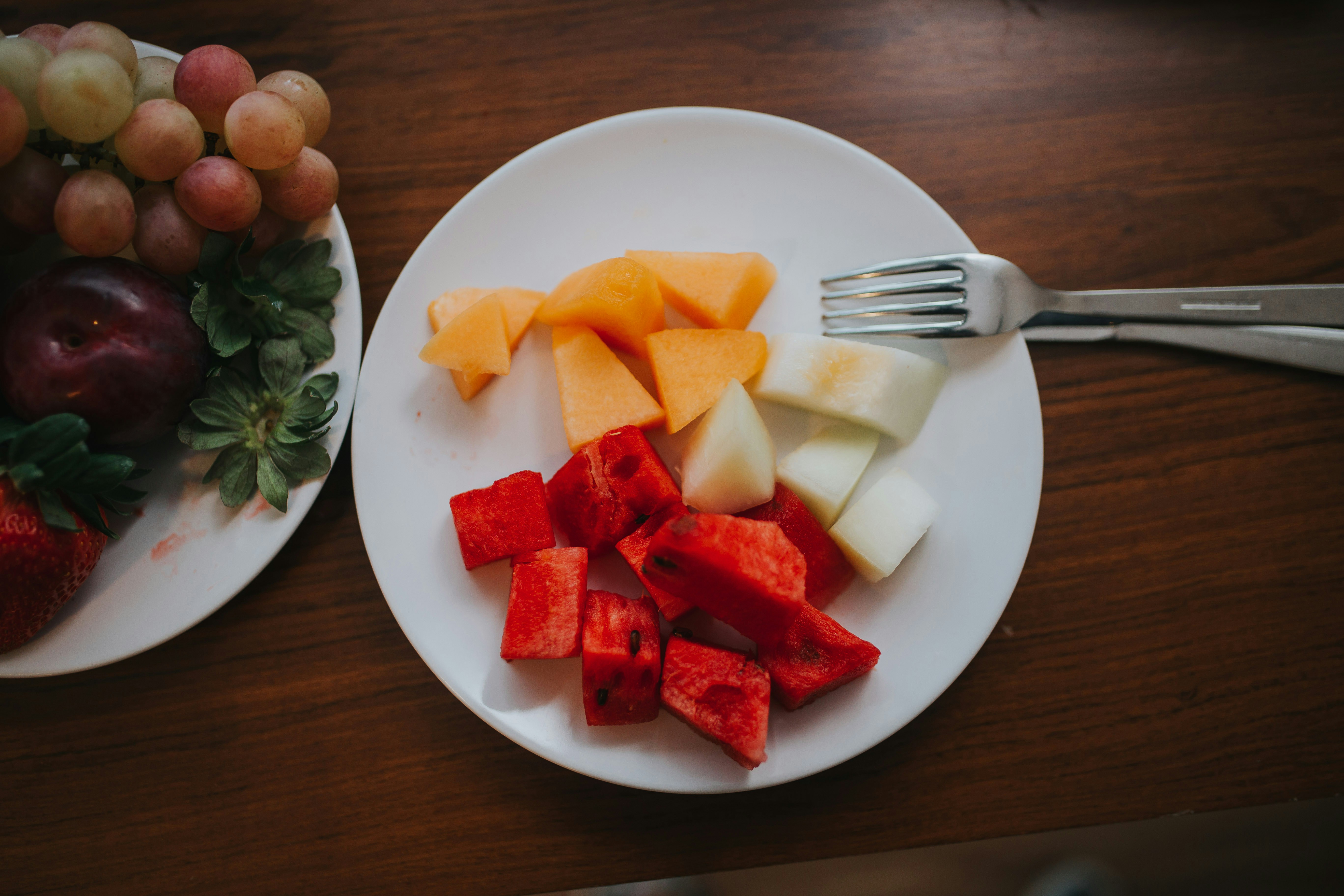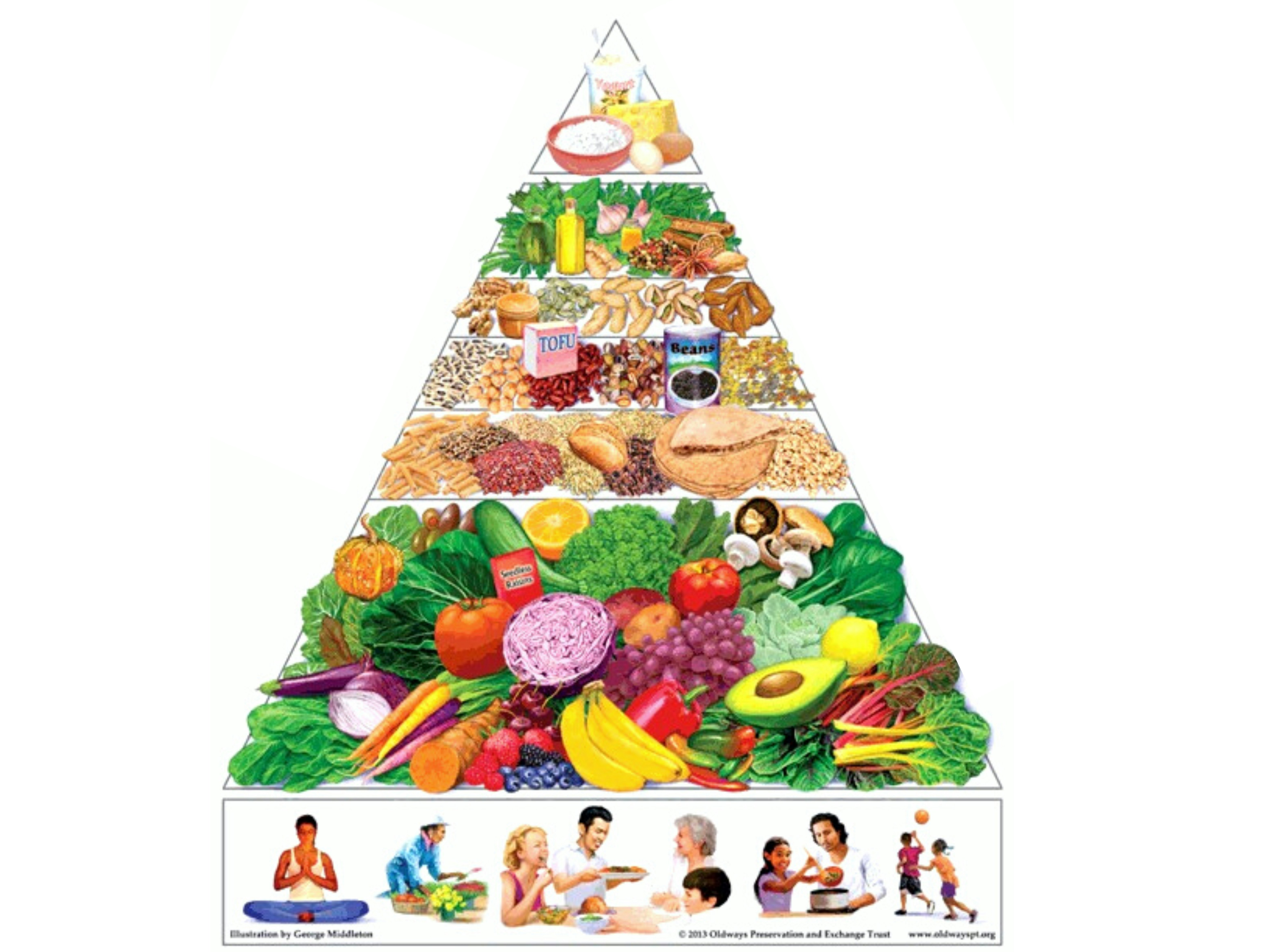Have you ever wondered what it would be like to change your eating habits dramatically? Making dietary shifts can feel overwhelming, especially when you’re transitioning from a vegan lifestyle to a low-oxalate diet. But don’t worry; you’re not alone in this journey. This guide will provide you with all the information you need to navigate this transition smoothly.
Understanding Vegan and Low-Oxalate Diets
Before wrapping your head around the transition, it’s essential to understand both diets’ fundamental principles.
What is a Vegan Diet?
A vegan diet excludes all animal products, which means no meat, dairy, eggs, or honey. It primarily consists of fruits, vegetables, grains, nuts, and seeds. Many choose this lifestyle for ethical, environmental, or health reasons.
What is a Low-Oxalate Diet?
A low-oxalate diet is designed to reduce the intake of oxalate, a naturally occurring compound found in many foods. High oxalate levels can lead to kidney stones or exacerbate certain health conditions. Meals focus on low-oxalate foods while being mindful of the nutrient profile, particularly for individuals who might be prone to oxalate-related issues.
Why Transitioning Matters
Making this shift isn’t just about changing what’s on your plate; it’s about prioritizing your health. If you’ve been vegan for a while and are experiencing health issues like kidney stones or related concerns, it may be time to reconsider your approach to food.
Health Implications
A vegan diet can be rich in many nutrients, but it may also be high in oxalate, particularly if you consume a lot of spinach, beets, or nuts. Transitioning doesn’t mean you’re abandoning your values; it’s about finding a balance that works for your unique health needs.
Emotional Factors
Adjusting your diet can stir up all sorts of emotions. You may have a strong connection to the vegan lifestyle. It’s essential to honor those feelings while also considering your health. Your journey may feel confusing at times, but that’s perfectly normal.
Preparing for the Transition
Preparation is key to making this transition as smooth as possible. Knowing how to approach the impending changes will set you up for success.
Assess Your Current Diet
Begin by keeping a food diary for a week. This will give you insight into what you’re currently eating and how high in oxalates those foods may be. After this week, you can better identify the foods to either limit or eliminate.
Research Low-Oxalate Foods
Spend some time researching which foods are low in oxalates. Here’s a quick reference chart to help you understand which foods to favor:
| Food Group | Low-Oxalate Options | High-Oxalate Options |
|---|---|---|
| Vegetables | Cauliflower, Cabbage, Lettuce | Spinach, Beets, Sweet Potatoes |
| Fruits | Apples, Bananas, Cherries | Raspberries, Oranges, Berries |
| Grains | Quinoa, White rice, Oats | Whole wheat, Buckwheat |
| Legumes | Lentils, Chickpeas (limited amount) | Soybeans, Black beans |
| Nuts and Seeds | Sunflower seeds, Pumpkin seeds | Almonds, Cashews |
Having this chart handy will help you navigate your choices more effectively.
Implementing Changes Gradually
Transitioning doesn’t have to happen overnight. Taking small, manageable steps will help ease the process.
Start with One Meal at a Time
You might consider focusing on one meal daily to adjust initially. For example, you could switch your breakfasts to low-oxalate options while still adhering to your vegan diet for lunch and dinner.
Experiment with New Recipes
Once you understand which low-oxalate foods you like, it’s time to explore new recipes. Use your creativity in the kitchen! You can still enjoy a variety of flavors. Find ways to prepare your favorite foods with lower oxalate alternatives.
Listen to Your Body
As you shift your plate, pay attention to how your body responds. Do you feel more energized? Are certain foods causing discomfort? Understanding your body’s cues is essential during this transition.
Building Your Low-Oxalate Pantry
A well-stocked pantry can make the transition less daunting.
Essential Low-Oxalate Staples
Stock up on the following low-oxalate staples to make meal prep easier:
- Grains: Quinoa, white rice, and oats
- Fruits: Green apples, blueberries, and bananas
- Vegetables: Kale, cauliflower, and zucchini
- Legumes: Lentils and chickpeas
- Dairy Alternatives: Low-oxalate non-dairy milk like rice or oat milk
Understanding Food Labels
When transitioning foods, always check food labels for oxalate content. It helps to know the percentage of oxalate in packaged goods as this can aid your choices significantly.
Meal Planning for Success
Once your pantry is stocked, it’s time to think about meal planning.
Schedule Your Meals
Setting a weekly meal plan will save you time and energy. This provides a structured approach to ensure you’re getting the nutrients you need while also sticking to low-oxalate choices.
Create a Balanced Plate
Always aim for a balanced plate in each meal. For instance, fill half your plate with low-oxalate vegetables, a quarter with lean protein and healthy fats, and the remaining quarter with whole grains. This ensures you’re not only adhering to a low-oxalate diet but also receiving a range of nutrients.
Snack Wisely
Keep low-oxalate snacks on hand, such as:
- Rice cakes
- Vegetable sticks with hummus (make sure to check the tahini’s oxalate content)
- Low-oxalate fruit like bananas or apples
Having these options readily available can help curb cravings without compromising your diet.
Overcoming Common Challenges
Let’s face it: transitioning isn’t always easy. You might face hurdles along the way, particularly when dealing with cravings or social situations.
Dealing with Cravings
Cravings are natural, especially when you’re reducing specific food categories. To manage cravings, consider:
- Substitutes: Find low-oxalate substitutes for your favorite vegan foods.
- Portion Control: Allow yourself occasional treats but in moderation.
- Diversifying Your Diet: Trying new foods can help lessen the temptation to fall back into old habits.
Social Situations
Navigating social situations may pose a challenge. Don’t hesitate to express your dietary needs to friends or family. When attending gatherings:
- Offer to bring a dish that aligns with your meal plan.
- Suggest restaurants with options you can enjoy.
- Speak to your host beforehand to ensure there’s something for you to eat.
This isn’t just about maintaining your dietary choices; it’s also a way to share with your loved ones what foods can work for you.
Maintaining Your New Lifestyle
Once you’ve made the transition, you want to ensure you can maintain your new lifestyle.
Regular Check-ins
Conduct regular assessments of how you feel physically and mentally. Are you experiencing any changes in mood, energy levels, or general health?
Stay Informed
Continue researching and learning about low-oxalate foods and their nutritional benefits. As you educate yourself, you can make informed decisions that suit your lifestyle and health.
Seek Support
If possible, consider joining online communities or local support groups. Connecting with others who are transitioning or have transitioned can provide motivation and valuable insight.
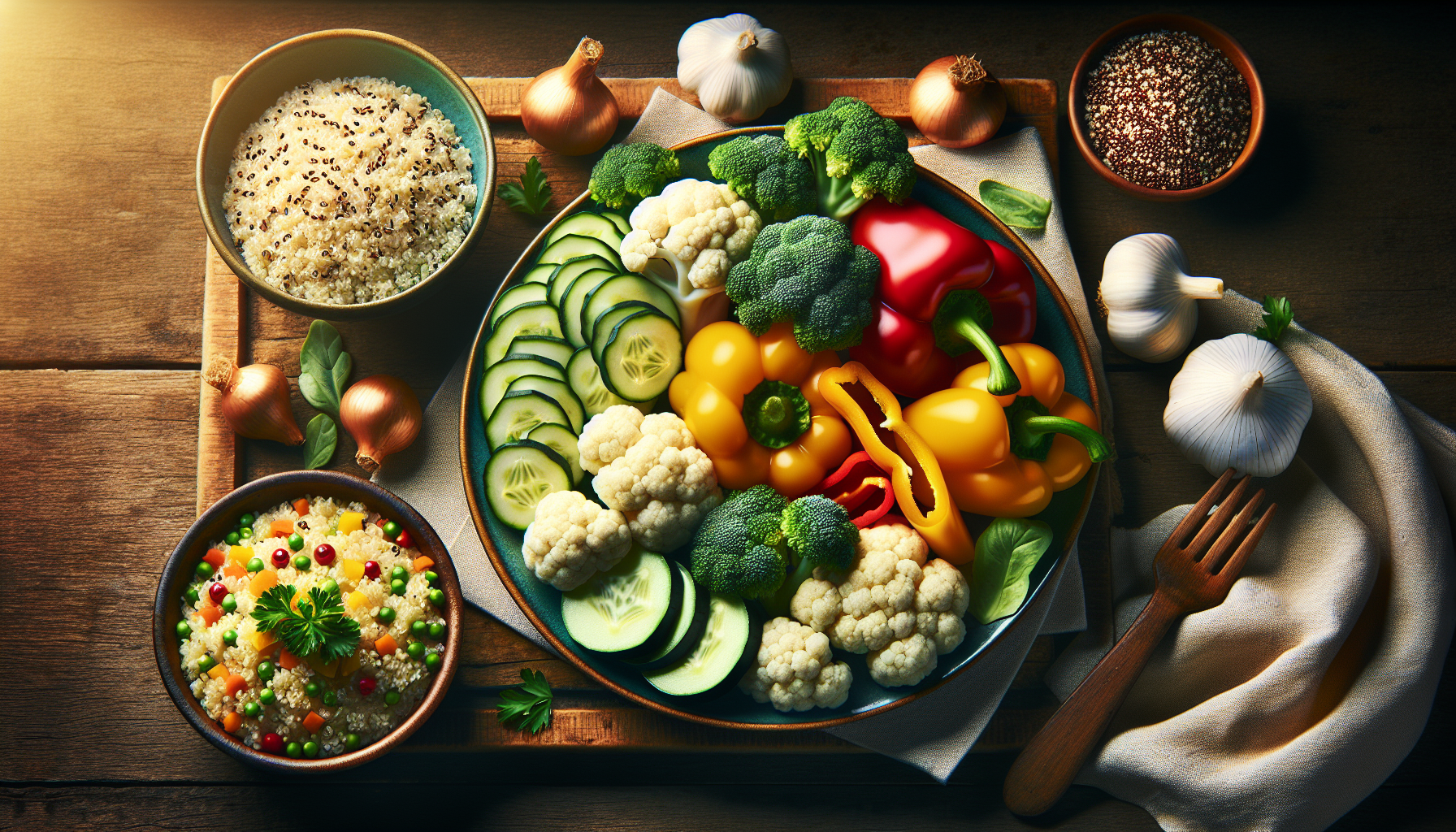
Conclusion
Transitioning from a vegan to a low-oxalate diet may seem challenging at first, but it’s entirely possible. With thoughtful preparation, understanding of your food choices, and a bit of creativity, you can maintain a nutritious diet that addresses both your ethical beliefs and health needs. It’s your health journey, take it one step at a time, and remember: you’re capable of this change.

